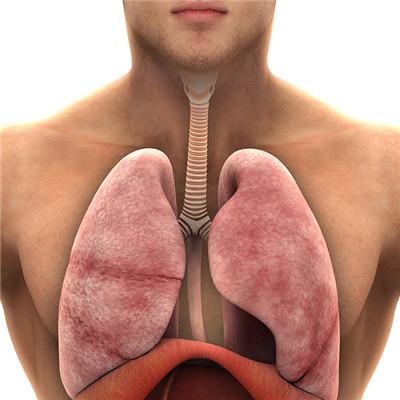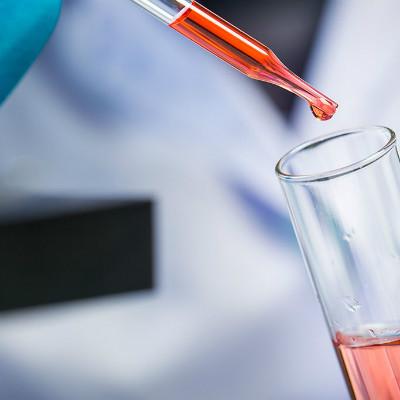Symptoms of group B streptococcus infection
summary
Group B streptococcus is a kind of bacteria, whose scientific name is Streptococcus agalactiae. It was first discovered in 1938. It can cause bovine mastitis and seriously harm animal husbandry, so it was paid attention to by animal medicine in the early stage. In the neonatal period, the disease caused by group B streptococcus (GBS) infection is neonatal group B streptococcus infection. Neonatal group B streptococcus is associated with perinatal infection, which is an important pathogen of neonatal sepsis, meningitis and other serious infectious diseases. Symptoms of group B streptococcus infection
Symptoms of group B streptococcus infection
Early onset of intrauterine infection can occur soon after birth, especially in preterm infants, 6-12 hours after birth, and in full-term infants, 24 hours later. The mild cases were asymptomatic bacteremia, and the severe cases were pneumonia, sepsis and meningitis. Severe intrauterine infection can be manifested as asphyxia, coma or shock at birth. Respiratory distress syndrome and persistent pulmonary hypertension are common complications. Respiratory symptoms were obvious, including cyanosis, apnea, shortness of breath, nasal fan, three concave sign, etc. chest X-ray showed reticular granule shadow, pulmonary spot infiltration, rare pleural effusion, pulmonary edema, cardiac enlargement and pulmonary blood increase. Patients with meningeal involvement may have convulsions, drowsiness, coma, milk refusal, anterior fontanelle protrusion, etc. cerebrospinal fluid examination should be performed for those suspected of early-onset or late-onset neonatal sepsis.

The main manifestations were meningitis, sepsis and local lesions. The symptoms were fever, drowsiness, vomiting and convulsion. Others can be combined with osteomyelitis, arthritis, cellulitis, urinary tract infection, etc.

Early onset had evidence of mother streptococcal infection, such as fever, leukocytosis and positive vaginal swab culture.

matters needing attention
keep warm. Intravenous rehydration, correct acidosis and electrolyte disorders. Bilirubin was monitored and phototherapy was given in time to prevent bilirubin encephalopathy. Vasoactive drugs can be used in patients with shock.















